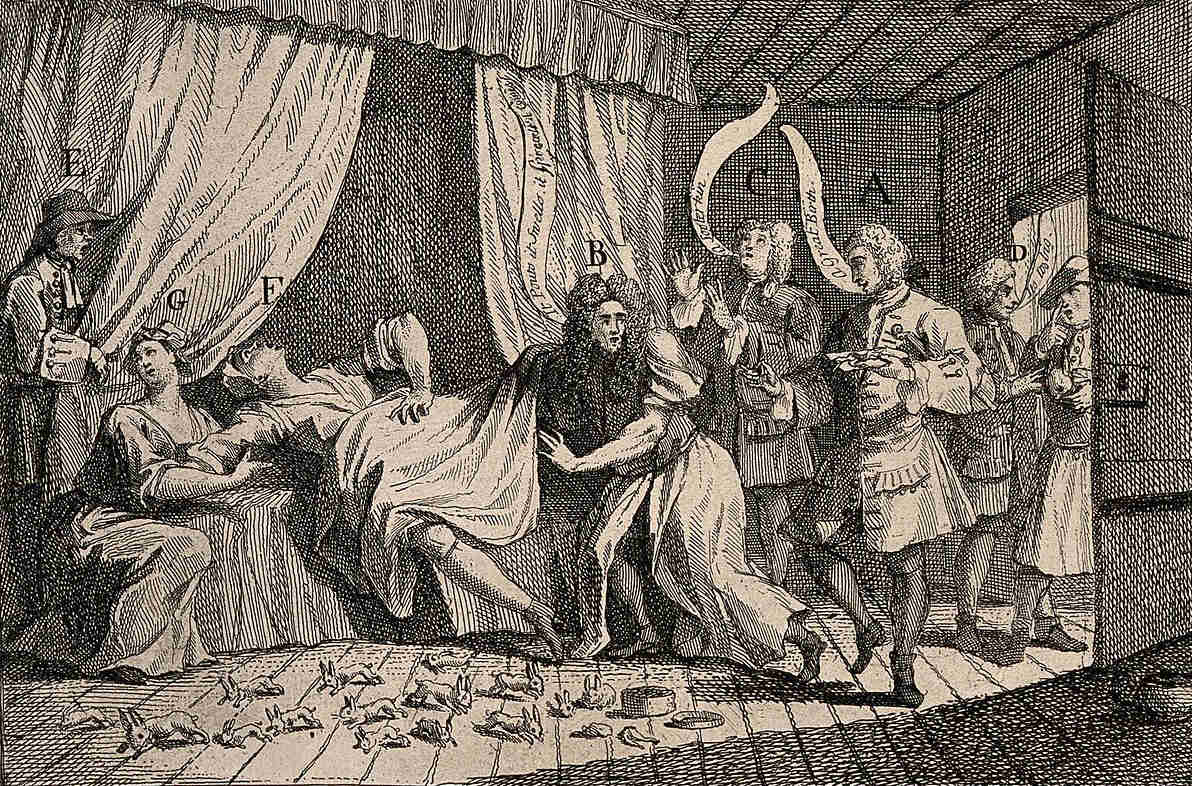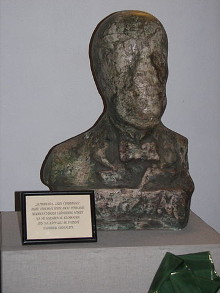
Loggers with the Georgia Kraft Corp. were cutting down a chestnut oak in southern Georgia in the 1980s when they discovered the mummified remains of a dog inside the hollow trunk. Experts determined that it was most likely a hunting dog that had pursued some quarry up through the hollow tree sometime in the 1960s. The dog had wedged itself into the narrowing trunk and, unable to turn around, eventually perished 28 feet above ground level. But chestnut oak contains tannin, a natural desiccant that stopped microbial activity, and the dog’s position and a natural updraft through the trunk prevented other animals from scenting or reaching it. So it just remained there for 20 years, waiting to be found.
The mummified dog, now known as “Stuckie,” is on display at the Southern Forest World museum in Waycross, Georgia.







